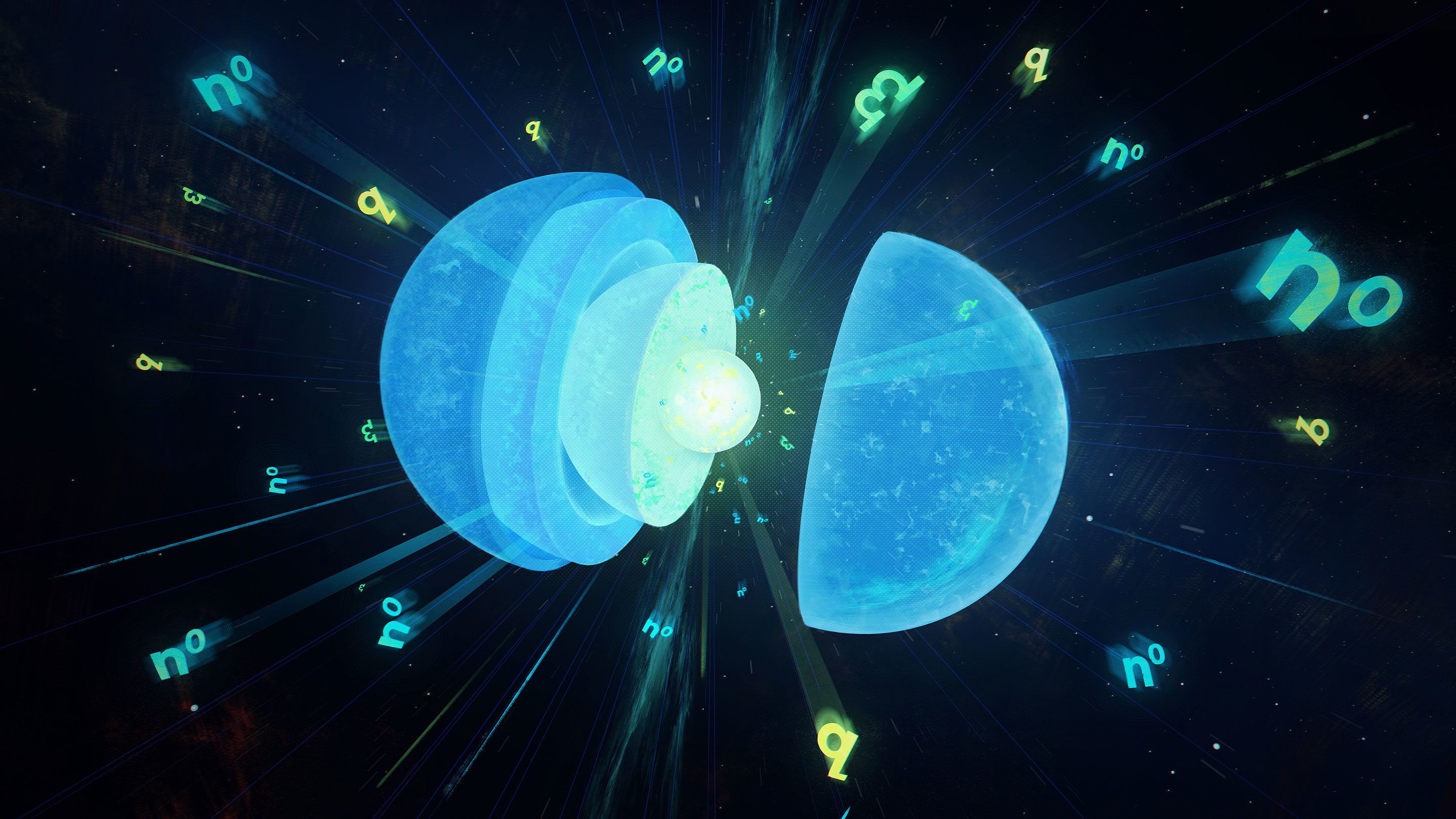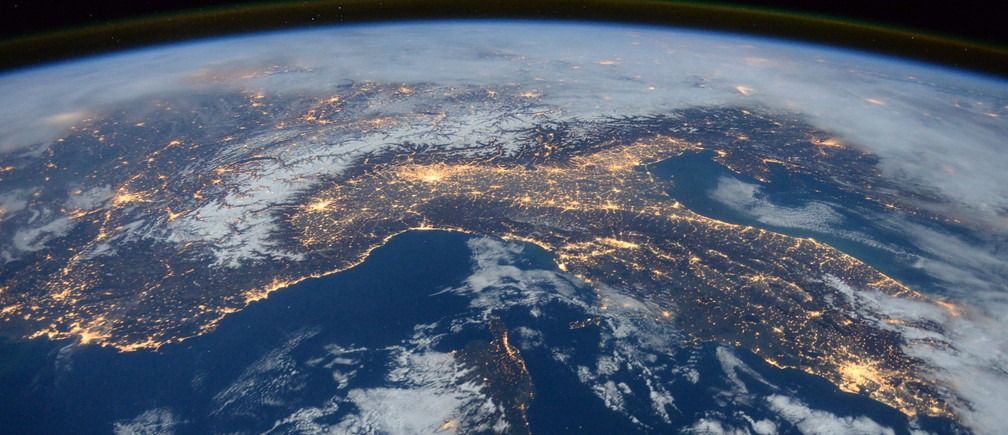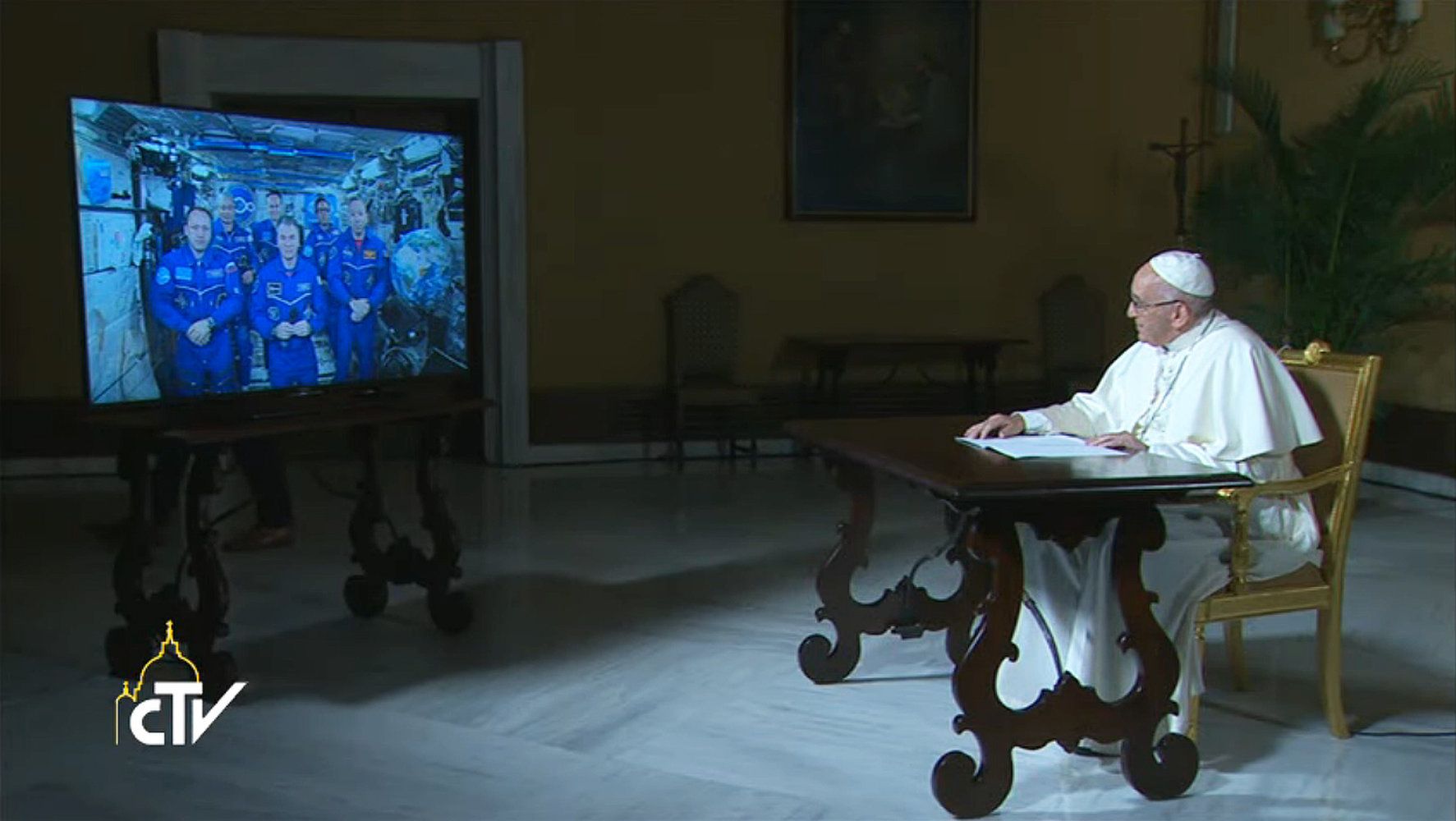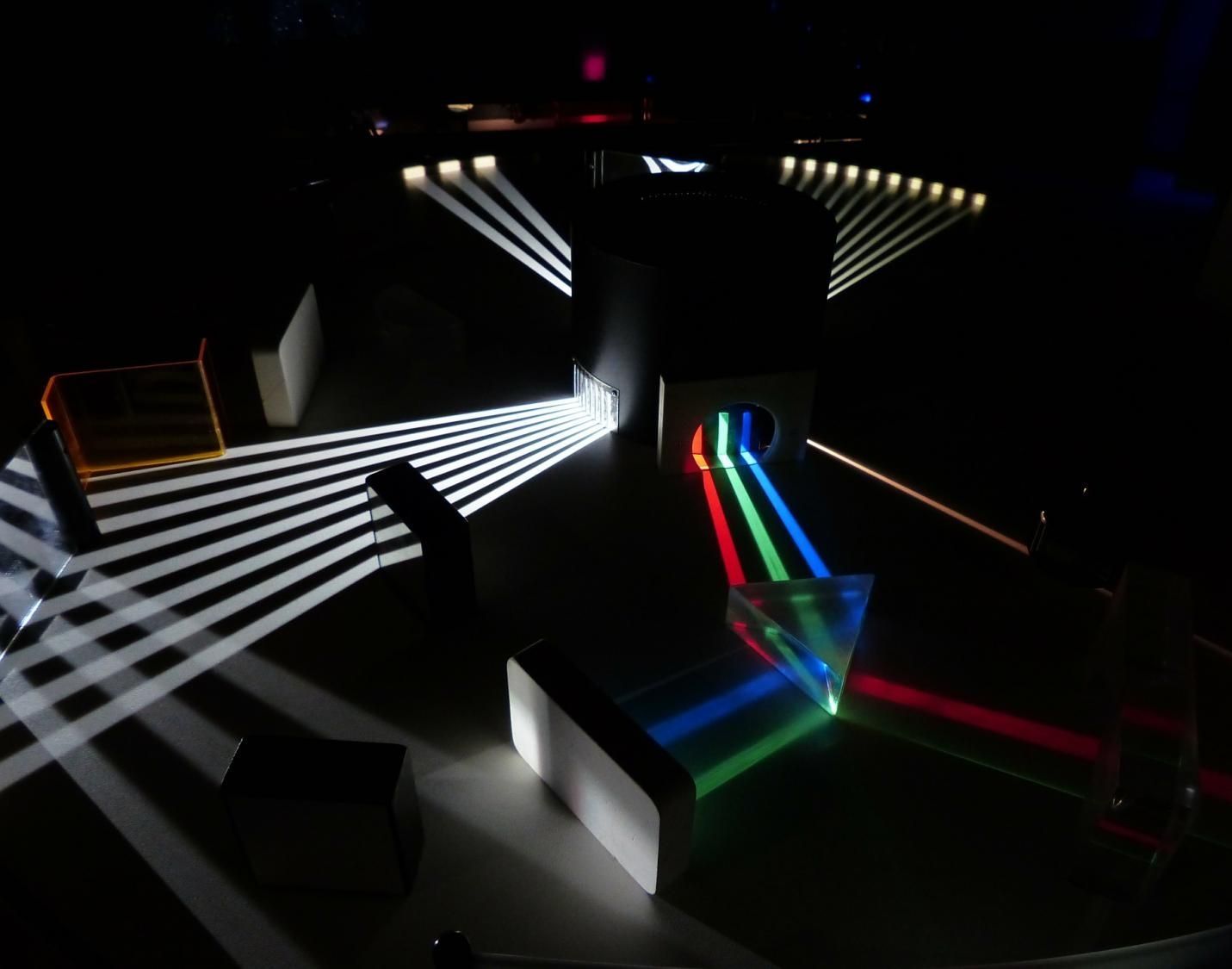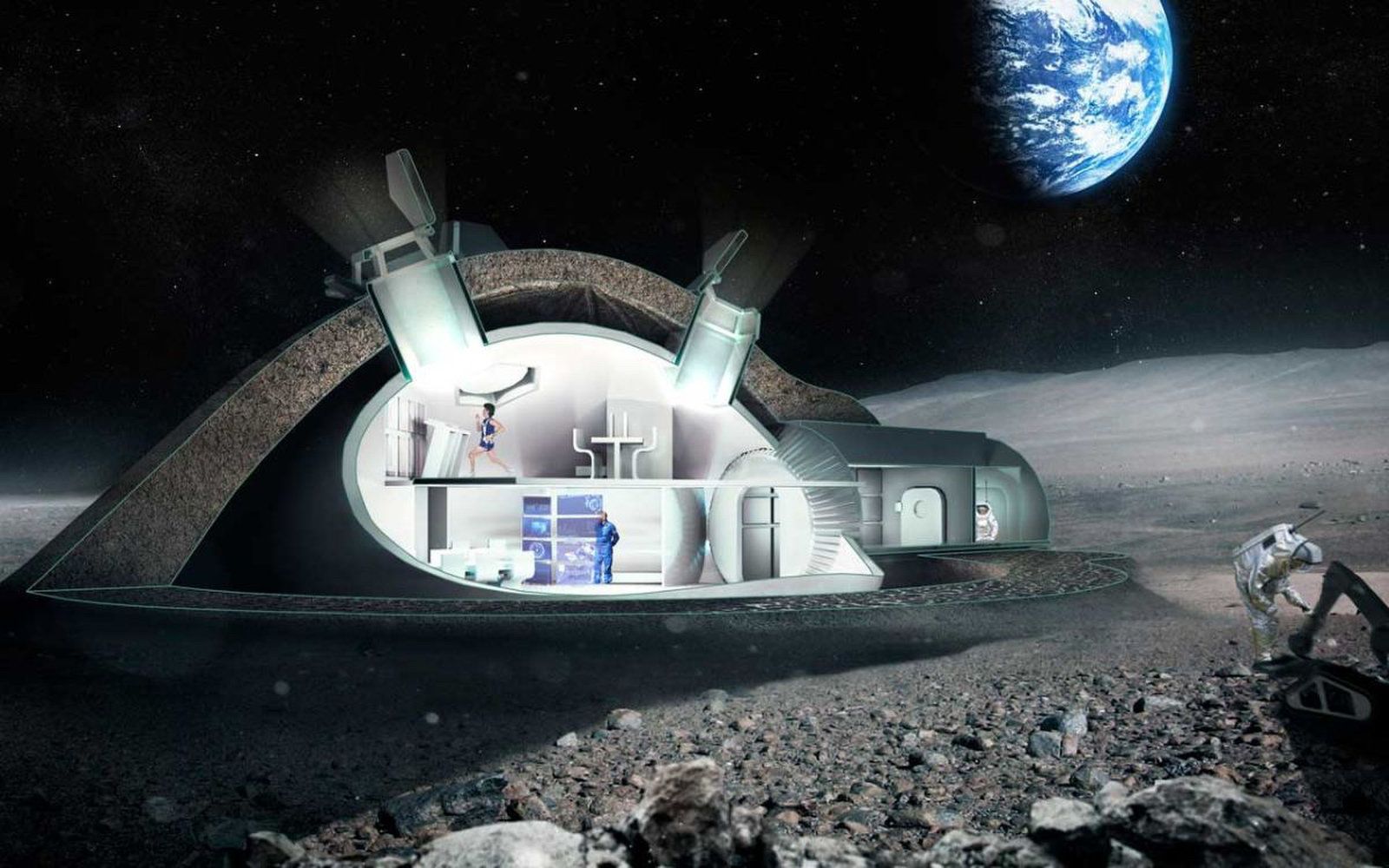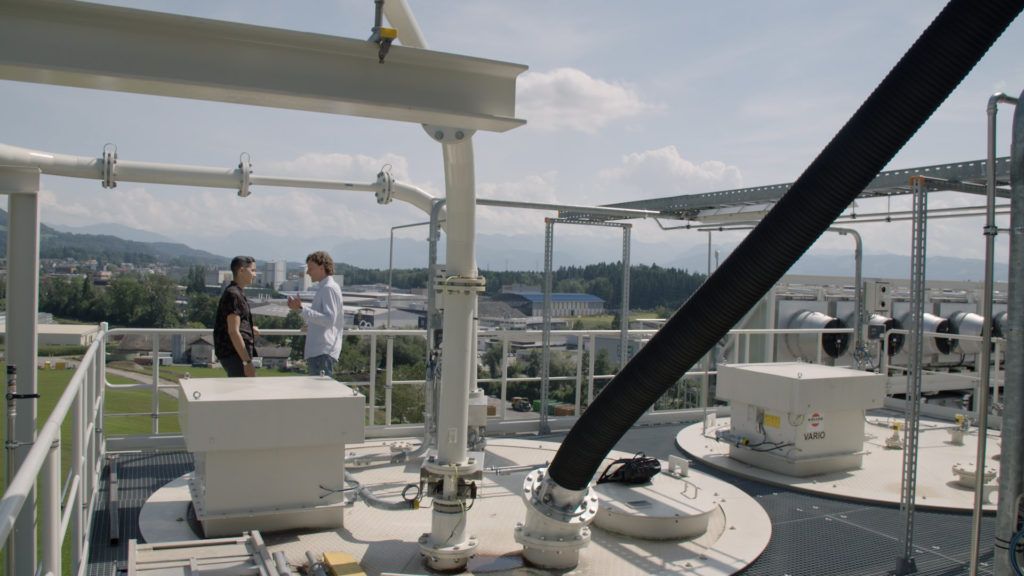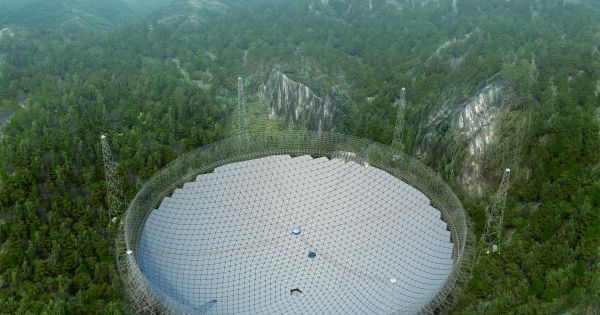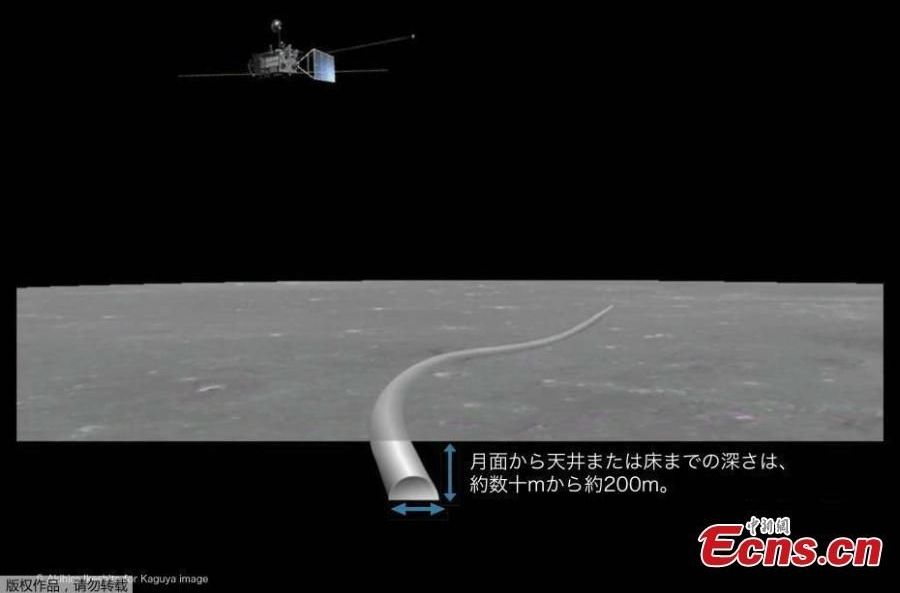Archive for the ‘space’ category: Page 302
Oct 29, 2017
Dr Aubrey de Grey — Rejuvenating biotech: Why age may soon cease to mean aging
Posted by Montie Adkins in categories: biotech/medical, business, life extension, space
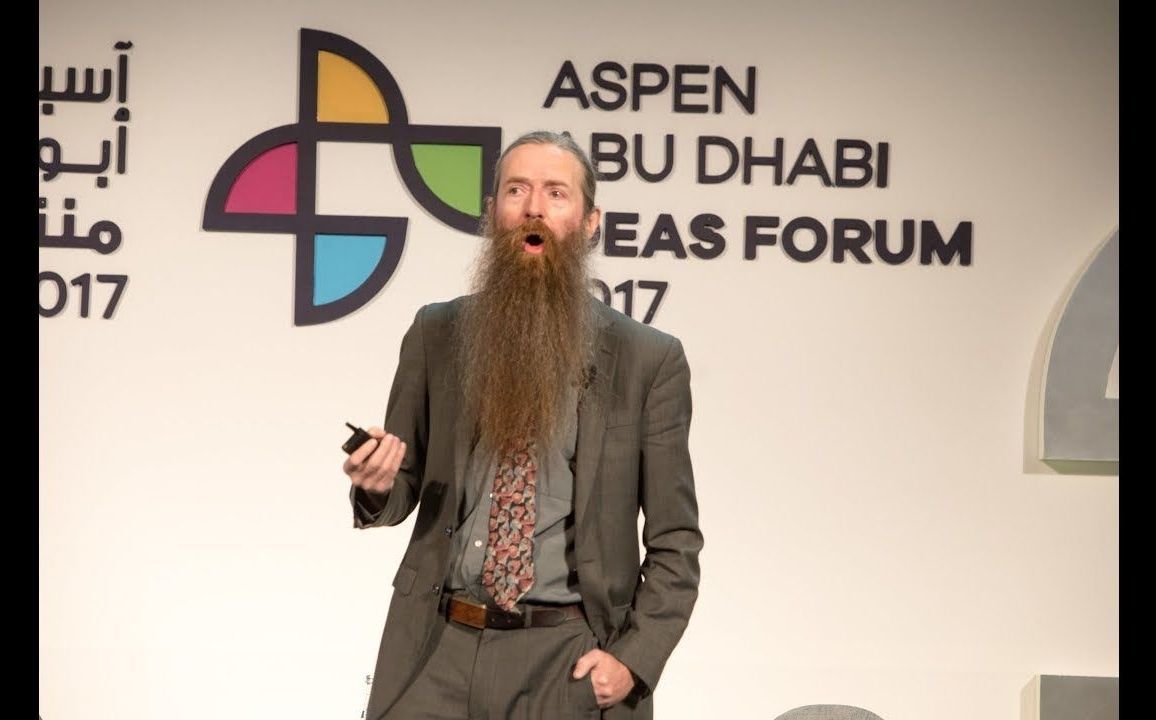
Dr. Aubrey De Grey is a biomedical gerontologist and the Chief Science Officer at SENS Research Foundation, a biomedical charity that funds research dedicated to combating aging. His research interests encompass the characterization of all the accumulating and eventually pathogenic molecular and cellular side-effects of metabolism (“damage”) that constitute mammalian aging, and the design of interventions to repair and/or obviate that damage. In line with his research, De Grey gave a talk at The Aspen Abu Dhabi Ideas Festival focusing on “Rejuvenating Biotechnology: Why age may soon cease to mean aging”.
In March 2017, the Aspen Abu Dhabi Ideas Forum welcomed some of the brightest and most interesting minds from the UAE and around the world to discuss four of the most important moonshot challenges facing our planet. The event was inspired by the world-famous Aspen Ideas Festival that has been taking place in Colorado since 2005, as a place for scientists, artists, politicians, business leaders, historians and educators to discuss some of the most fascinating ideas of our time. The 2017 Aspen Abu Dhabi Ideas Forum topics included: “System Shock: Calming the ‘politics of anger’”, “Beyond GDP: Targeting ‘all-in’ human welfare”, “Health: Extending the healthy human lifespan” and “Space: Living Sustainably beyond Earth”.
Continue reading “Dr Aubrey de Grey — Rejuvenating biotech: Why age may soon cease to mean aging” »
Oct 28, 2017
Meet Penny, an AI tool that can predict wealth from space
Posted by Gerard Bain in categories: robotics/AI, space
Since emerging as a species we have seen the world through only human eyes. Over the last few decades, we have added satellite imagery to that terrestrial viewpoint. Now, with recent advances in Artificial Intelligence (AI), we are not only able to see more from space but to see the world in new ways too.
One example is “Penny”, a new AI platform that from space can predict median income of an area on Earth. It may even help us make cities smarter than is humanly possible. We’re already using machines to make sense of the world as it is; the possibility before us is that machines help us create a world as it should be and have us question the nature of the thinking behind its design.
Penny is a free tool built using high-resolution imagery from DigitalGlobe, income data from the US census, neural network expertise from Carnegie Mellon and intuitive visualizations from Stamen Design. It’s a virtual cityscape (for New York City and St. Louis, so far), where AI has been trained to recognize, with uncanny accuracy, patterns of neighbourhood wealth (trees, parking lots, brownstones and freeways) by correlating census data with satellite imagery.
Continue reading “Meet Penny, an AI tool that can predict wealth from space” »
Oct 27, 2017
Fully automated mining and factories on Earth a precursor of automation for space
Posted by Klaus Baldauf in categories: robotics/AI, space, transportation
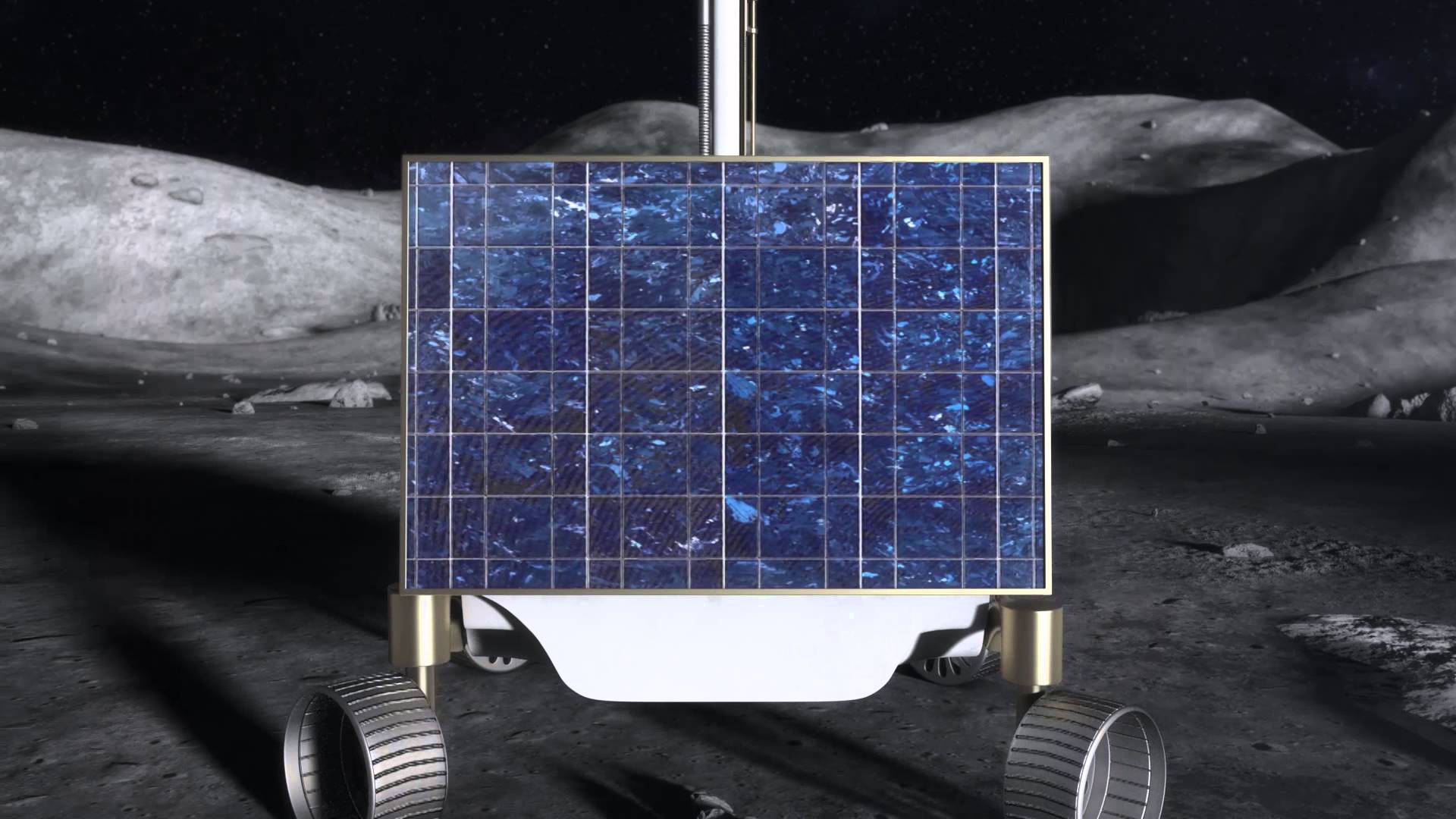
Fully automated mining and factories and advanced robotics on the moon and asteroids could be leveraged for the exponential development of space. Here we review some of the developments of robotics for mining and factories on earth.
Robotic mining
Oct 26, 2017
Hello to the Heavens: Pope Francis Phones the Space Station
Posted by Brett Gallie II in categories: mobile phones, space
Pope Francis made a phone call to the International Space Station today (Oct. 26) to ask its six occupants deep questions about humanity’s place in the universe.
Calling from the Vatican in Rome, Pope Francis spoke with Italian astronaut Paolo Nespoli of the European Space Agency along with three NASA astronauts and two Russian cosmonauts.
“Your little glass palace in totality is greater than the sum of its parts, and this is the example that you give us,” Pope Francis said through a translator. [Space Station Photos: The Expedition 53 Crew in Orbit].
Continue reading “Hello to the Heavens: Pope Francis Phones the Space Station” »
Oct 26, 2017
Reflecting light off satellite backs up Wheeler’s quantum theory thought experiment
Posted by Andreas Matt in categories: particle physics, quantum physics, space
A team of researchers with Università degli Studi di Padova and the Matera Laser Ranging Observatory in Italy has conducted experiments that add credence to John Wheeler’s quantum theory thought experiment. In their paper published on the open access site Science Advances, the group describes their experiment and what they believe it showed.
The nature of light has proven to be one of the more difficult problems facing physicists. Nearly a century ago, experiments showed that light behaved like both a particle and a wave, but subsequent experiments seemed to show that light behaved differently depending on how it was tested, and weirdly, seemed to know how the researchers were testing it, changing its behavior as a result.
Back in the late 1970s, physicist Johan Wheeler tossed around a thought experiment in which he asked what would happen if tests allowed researchers to change parameters after a photon was fired, but before it had reached a sensor for testing—would it somehow alter its behavior mid-course? He also considered the possibilities as light from a distant quasar made its way through space, being lensed by gravity. Was it possible that the light could somehow choose to behave as a wave or a particle depending on what scientists here on Earth did in trying to measure it? In this new effort, the team in Italy set out to demonstrate the ideas that Wheeler had proposed—but instead of measuring light from a quasar, they measured light bounced from a satellite back to Earth.
Oct 25, 2017
Prototype Moon Base May Be Built in Hawaii
Posted by Klaus Baldauf in categories: government, space
Human settlement of the moon may go through Hawaii.
Earlier this month, an International MoonBase Summit (IMS) brought together representatives from academia, government and the private sector to help lay the groundwork for a base on the lunar surface.
“Because of its geography, geology and culture, Hawaii is the perfect place to build a MoonBase prototype,” said Henk Rogers, an entrepreneur based in Hawaii and the organizer of the IMS. [Lunar Colony: How to Build a Moonbase in Images].
Continue reading “Prototype Moon Base May Be Built in Hawaii” »
Oct 23, 2017
Sucking CO2 from the atmosphere could save the planet — but it isn’t cheap
Posted by Dan Kummer in categories: business, climatology, environmental, geoengineering, space, sustainability
Should definitely be worked on. Eventually the same stuff could be used to reverse engineer/terraform Venus.
When politicians talk about the Paris Climate Agreement, it’s usually framed in terms of restrictions on emissions for states and businesses. But the Paris Agreement wasn’t just an agreement to regulate — it was also an agreement to innovate. That’s because most experts agree that the world won’t be able to keep global temperature rise below 2 degrees Celsius, unless there’s a way to physically remove CO2 from the atmosphere.
A Swiss startup called Climeworks has made that their goal, developing the most advanced carbon-capture technology to date. VICE News went to Switzerland to see how the technology works and hear how the business plans to tackle climate change. Problem is, what Climeworks is doing isn’t cheap.
Continue reading “Sucking CO2 from the atmosphere could save the planet — but it isn’t cheap” »
Oct 20, 2017
The World’s Newest Massive Radio Telescope Has Made Its First Discovery
Posted by Shailesh Prasad in category: space
China’s FAST radio telescope has spotted a pair of pulsars thousands of light years away. The find heralds a new era in radio telescopes.
Oct 19, 2017
Huge 50km-long cave discovered on the Moon
Posted by Brett Gallie II in category: space
Japanese scientists discover 50km-long cave beneath #moon’s surface http://bit.ly/2ipl0mx @JAXA_en
Ecns.cn is the official English-language website of China News Service (CNS), a state-level news agency sponsored and established by Chinese journalists and renowned overseas Chinese experts on October 1, 1952.As an English-language website, Ecns.cn aims to provide all aspects of online news, including in-depth coverage, feature stories and visual content, with topics such as current events, art, lifestyle, people and travel.
